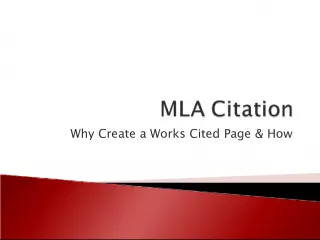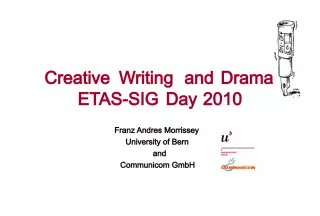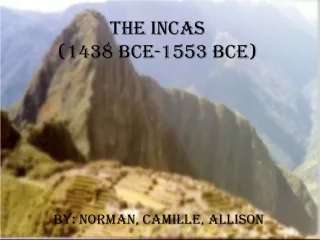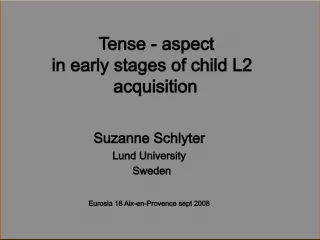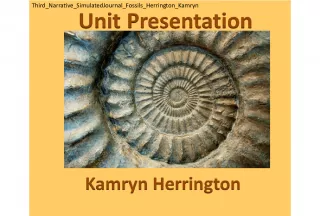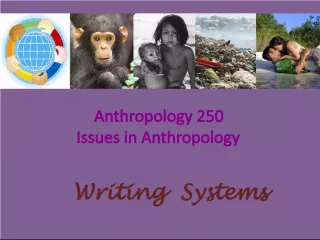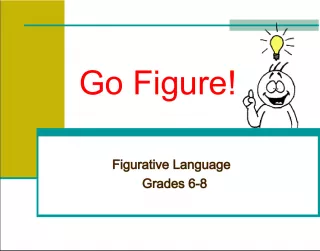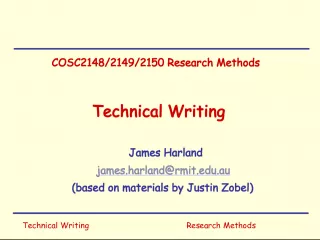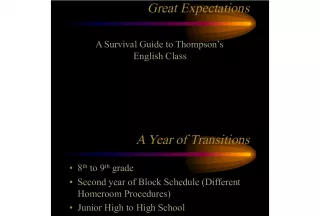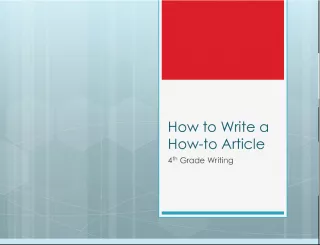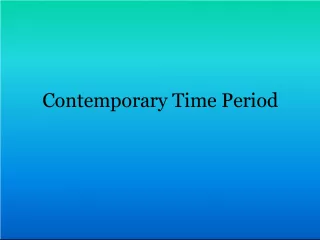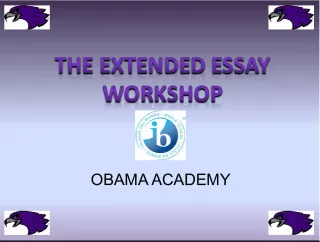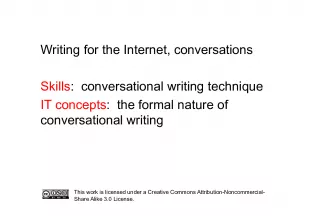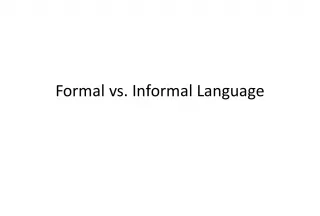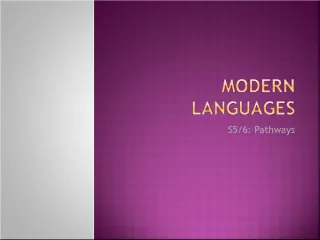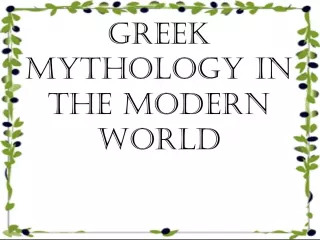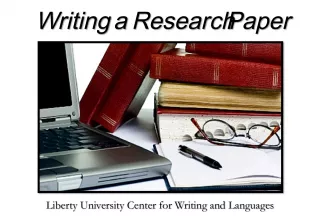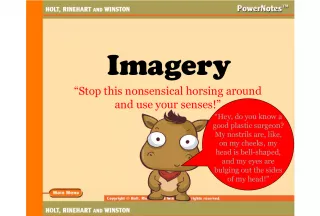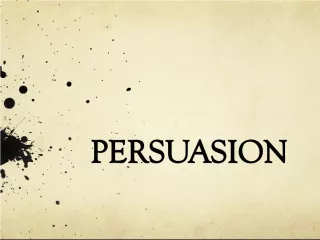Language of Friendship in Early Modern Writing
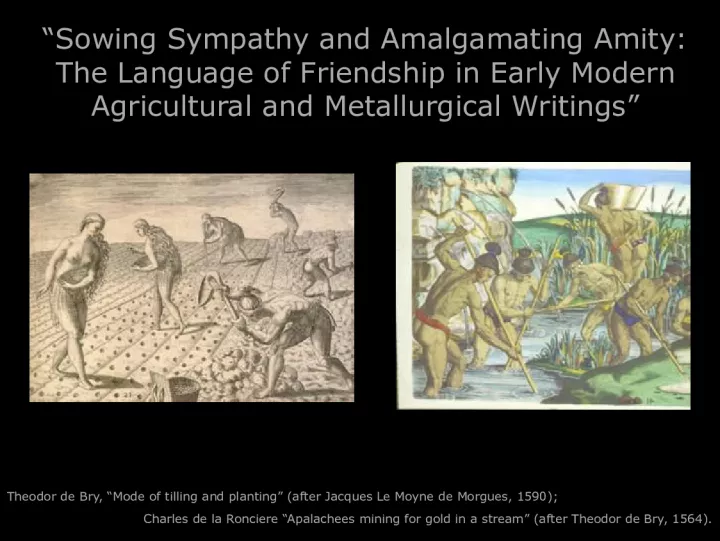

This article explores the themes of friendship and amity in early modern agricultural and metallurgical writings, with a focus on the works of Theodor de Bry and Jacques Le Moyne de Morgues. It also discusses the mining efforts of the Apalachees for gold, as depicted in Ronciere's writing. Additionally, it touches upon the work of Giulio Romano and his artwork depicting the marriage of Cupid and Psyche.
- Uploaded on | 0 Views
-
 abetowne
abetowne
About Language of Friendship in Early Modern Writing
PowerPoint presentation about 'Language of Friendship in Early Modern Writing'. This presentation describes the topic on This article explores the themes of friendship and amity in early modern agricultural and metallurgical writings, with a focus on the works of Theodor de Bry and Jacques Le Moyne de Morgues. It also discusses the mining efforts of the Apalachees for gold, as depicted in Ronciere's writing. Additionally, it touches upon the work of Giulio Romano and his artwork depicting the marriage of Cupid and Psyche.. The key topics included in this slideshow are friendship, amity, agriculture, metallurgy, mining,. Download this presentation absolutely free.
Presentation Transcript
1. Sowing Sympathy and Amalgamating Amity: The Language of Friendship in Early Modern Agricultural and Metallurgical Writings Theodor de Bry, Mode of tilling and planting (after Jacques Le Moyne de Morgues, 1590); Charles de la Ronciere Apalachees mining for gold in a stream (after Theodor de Bry, 1564).
2. It fortund then, a solemne feast was there To all the Sea-gods and their fruitfull seede, In honour of the spousalls, which then were Betwixt the Medway and the Thames agreed. Long had the Thames (as we in records reed) Before that day her wooed to his bed; But the proud Nymph would for no worldly meed, Nor no entreatie to his loue be led; Till now at last relenting, she to him was wed. (IV.XI.8: 1-9) Giulio Romano, Marriage Feast of Cupid and Psyche (1526-7, detail)
3. The spreading Lee, that like an Island fayre Encloseth Corke with his deuided flood; And balefull Oure, late staind with English blood: Then came the Bride, the louely Medua ..., Her goodly lockes adowne her back did flow Vnto her waste, with flowres bescattered, The which ambrosiall odours forth did throw To all about, and all her shoulders spred As a new spring; and likewise on her hed A Chapelet of sundry flowers she wore, From vnder which the deawy humour shed, Did tricle downe her haire, like to the hore Congealed litle drops, which doe the morne adore (XI.44:3-5; 45:1, 46:1-9). John Seller, Atlas Maritimus (London, 1672). Frontispiece detail. Original in JCB.
4. Ne thence the Irishe Riuers absent were, Sith no less famous then the rest they bee, And ioyne in the neighbourhood of kingdome nere, Why should they not likewise in loue agree, And ioy likewise this solemne day to see. They saw it all, and present were in place; Though I them all according their degree, Cannot recount, nor tell their hidden race, Nor read the saluage cuntreis, through which they pace. (IV.XI.40:1-9) Hercules O'Doria (Marseilles: 1592). Portolan map, original in JCB.
5. Great Ganges, and immortall Euphrates, Deepe Indus, and Maeander intricate, Slow Peneus, and tempestuous Phasides, Swift Rhene, and Alpheus still immaculate; Ooraxes, feared for great Cyrus fate, Tybris, renowmed for the Romaines fame, Rich Oranochy, though but knowen late; And that huge River, which doth beare his name Of warlike Amazons, who doe possesse the same. [] Samuel Fritz, Strom Maragnon (Augsburg & Graz: 1707). Original in JCB. All which long sundred, do at last accord To ioyne in one, ere to the sea they come, So flowing all from one, all one at last become. (IV.XI.21:1-9; 43:7-9).
6. Andrew Wear (2000), p. 38 early modern humoral theory
7. From Dedre Getner et al. (2001), p. 3 analogical processes
8. Double Portrait (Self Portrait with a Friend), Raphael (c. 1518-9); image from the Album amicorum of Paul van Dale (1578, fol. 017r)
9. On mercury: en su naturaleza est dispuesto para brazar la plata y unirse con ella [in its nature it is inclined to embrace the silver and unite with it] ~ lvaro Alonso Barba, Arte de los metales (Madrid, 1640)
10. el azogue y la plata tienen entre s tanta amistad, analoga y conveniencia que, con la misma inclinacin y propensin que la piedra imn llama y se abraa con el azero, por la amistad que le tiene, de esse mismo modo se ha de presumir que se aman y apetecen la plata y el azogue, procurndose mediante la dicha amistad abraar y unir el uno con el otro [mercury and silver have between themselves so much friendship, analogy, and convergence that with the same friendship, or inclination and propensity that the magnet calls and embraces steel, in this same way one must understand that silver and mercury love and appeal to each other, securing through their friendship an embrace and union, the one with the other.] Juan de C rdenas, Problemas y secretos maravillosos de las Indias (Seville, 1591). Image from Barba (1640).
11. el azogue, por la ya dicha amistad, se abraa con la plata se hechan y encorpora el azogue, a fin de que, como es tan amigo y familiar a la plata, mediate la tal amistad y analoga lo abrae porque [assi] mejor le pueda penetrar el azogue y abraarse con la plata [mercury, for the already-mentioned friendship, embraces silver mercury is added and incorporated so that it embraces the silver through their said friendship and analogy, as it is such a friend and so familiar with it because [in this way] mercury can better penetrate and embrace the silver] Juan de C rdenas, Problemas y secretos maravillosos de las Indias (Seville, 1591). Image from Agricola (Basel, 1553).
12. Images from Agricola (Basel, 1553).
13. 19 th c. salpetre mining, humberstone and la tirana
14. 19 th century salpetre mining, humberstone
15. photos by Jorge Meruane (except the bad one thats mine)
